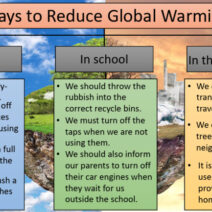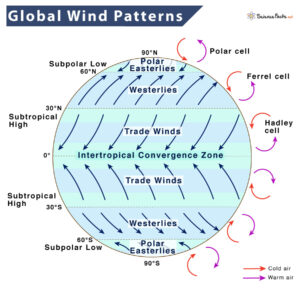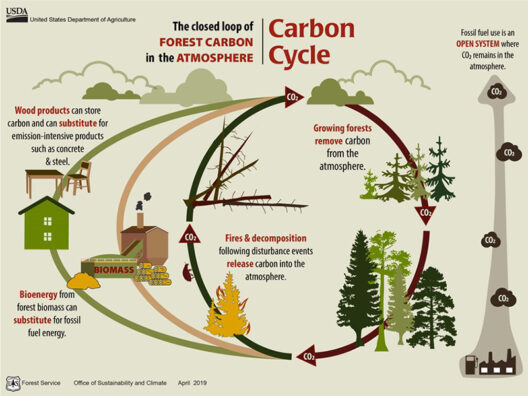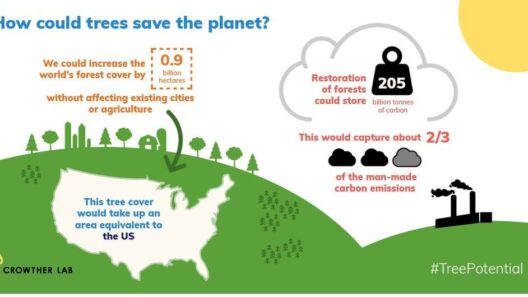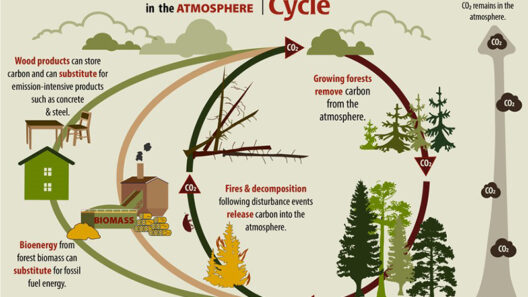Have you ever pondered how a gentle breeze can ripple across the ocean or how ferocious winds can sweep across continents, changing the very fabric of our climate? Wind patterns play a pivotal role in shaping the weather and climate we experience around the globe. These invisible currents exhibit a complex choreography, governed by various atmospheric forces, which can directly affect everything from local weather conditions to global climate phenomena.
At the heart of wind patterns are the Earth’s rotation and the differential heating of its surface. The sun’s rays warm the planet unevenly, primarily due to varying geographical features such as mountains, oceans, and forests. This disparity in temperature creates pressure differences in the atmosphere. As warm air rises, cooler air rushes in to fill the void, generating wind. These movements of air are consistent and predictable, coalescing into distinct wind patterns that dictate local climates.
One can visualize the major wind patterns by considering the globe divided into three main latitude zones: the tropics, the temperate zones, and the polar regions. The trade winds, or easterlies, emerge in the tropics, originating from the subtropical high-pressure systems. They blow from east to west, profoundly influencing tropical climates. As these winds approach the equator, they converge, leading to the Intertropical Convergence Zone (ITCZ). This zone is characterized by rising air that promotes substantial precipitation, often resulting in the heavy rains that define tropical regions.
Moving towards the higher latitudes, the westerlies begin to emerge. In the mid-latitudes, where much of the world’s agriculture and industry exists, these prevailing winds blow from west to east. The westerlies not only carry typically temperate weather patterns but also act as conduits for storm systems. These systems often gain strength as they traverse vast ocean distances, resulting in significant weather events capable of spreading vast climatic repercussions. This interplay between winds and moisture is evident in storm tracks that influence rainfall distribution across continents.
In contrast, polar easterlies dominate at the poles, bringing frigid air masses down from the Arctic and Antarctic regions. These winds can lead to severe weather phenomena that influence both local habitats and the broader patterns of global climate. For instance, the polar easterlies contribute to the formation of high-pressure systems that can result in prolonged cold spells in regions situated at lower latitudes.
The influence of these wind patterns extends beyond mere temperature and precipitation; they also dictate long-term climatic conditions. For example, the North Atlantic Oscillation and El Niño Southern Oscillation are two prominent climate phenomena intricately linked to wind patterns. The North Atlantic Oscillation, characterized by varying pressure patterns over the North Atlantic, can lead to significant variations in winter weather across Europe and North America. On the other hand, El Niño, a significant climatic event triggered by fluctuating wind patterns over the Pacific Ocean, can cause widespread droughts and flooding, disrupting agriculture and livelihoods in multiple regions.
The question arises: How do we respond to the shifting dynamics of wind patterns, especially in the context of climate change? Research has indicated that rising global temperatures could alter the behavior of these wind patterns, potentially leading to erratic weather extremes. Climate models suggest that as polar regions warm more rapidly than the tropics, the strength and positioning of jet streams may fluctuate, leading to prolonged weather events, such as heatwaves or heavy precipitation.
The consequences of such alterations in wind patterns could be profound. For instance, if the polar jet stream exhibits increased waviness due to climate change, regions may experience extended periods of warm weather followed by sudden cold snaps, challenging the agricultural practices and ecosystems that depend on predictable seasonal changes. Coastal areas might find themselves more vulnerable to storm surges brought about by shifts in Atlantic and Pacific winds, affecting both human settlements and natural habitats.
Mitigating these impacts presents an intriguing challenge: how can societies incorporate understanding of wind patterns into sustainable practices? Effective strategies may include investing in resilient agricultural techniques, improving early warning systems for extreme weather events, and enhancing urban planning to account for shifting wind currents. Additionally, fostering awareness about the interdependence between wind patterns, weather, and climate can empower local communities to adapt to changing conditions better.
While the natural world constantly evolves, the complex interplay between wind patterns and climate remains a vital area of study. As researchers delve deeper into the ramifications of climate change on these invisible forces, it becomes increasingly crucial for collective action. Emphasizing sustainable practices and responsible stewardship of our environment stands as an essential approach to align with the rhythms of nature. By doing so, we can strive to ensure a balanced relationship between humanity and the forces quietly shaping our planet’s atmosphere.
In conclusion, understanding how wind patterns shape the weather and climate across the globe is not merely a scientific inquiry; it is a pathway to a more sustainable future. As we navigate the challenges posed by climate change, the knowledge gained from studying these atmospheric currents can catalyze innovative solutions to fortify both natural ecosystems and human communities against the whims of an ever-changing climate.


